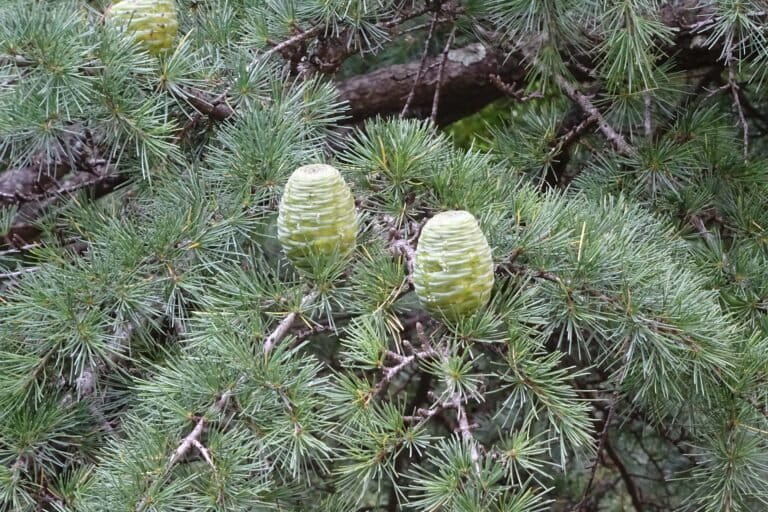This week’s environment and conservation news stories rolled into one.
Subscribe to our YouTube channel to watch the latest high quality, original video stories from nature’s frontline in India.
To receive a weekly email with a roundup of our stories, please sign-up for our newsletter.
Palmyra leaf bags substitute plastic nursery bags to support sustainable mangrove restoration
Mangrove seedlings showed good growth like they did in plastic bags and higher durability against water inundation.
[Video] Restoring the perennial Thamirabarani river with people power
In recent years, the river has been polluted with sewage and solid waste, rendering the water unfit for drinking or fishing.
Lab-grown special mosquitoes can be the secret weapon to fight dengue
Infecting the Aedes aegypti mosquitoes which carries the dengue virus, with a bacteria called Wolbachia, reduces the transmission of dengue.
India’s tiger reserves have helped fight climate change
According to a recent study, India’s tiger conservation policy plays a crucial role in climate change mitigation by avoiding forest loss.
What happened to Tamil Nadu’s model renewable energy village?
The Odanthurai village offers several lessons on the challenges of implementing a community initiative on renewable energy.
Behind Delhi’s floods is a history of encroachment and diminishing wetlands
Of Delhi’s 1,040 wetlands and waterbodies, none have been officially notified, leaving them vulnerable to exploitation.
Kerala’s dwindling mangroves need concerted effort in conservation
More than 75 percent of the mangrove patches in Kerala are privately owned, which makes conservation difficult.
New report estimates district-wise crop residue potential for bioenergy production
The report’s findings are important for effectively using biomass towards producing bioenergy, while also reducing stubble burning.
Gymnosperms that are critical for coniferous forest health may be steadily declining in response to climate change
Gymnosperm species of the northwestern Himalayas could decline as their habitats reduce in the light of climate change impacts.
Tigers struggle to move within Nepal even as they cross borders: study
Domestic corridors in the Siwalik hills could connect the tiger populations andincrease their genetic diversity and viability.










